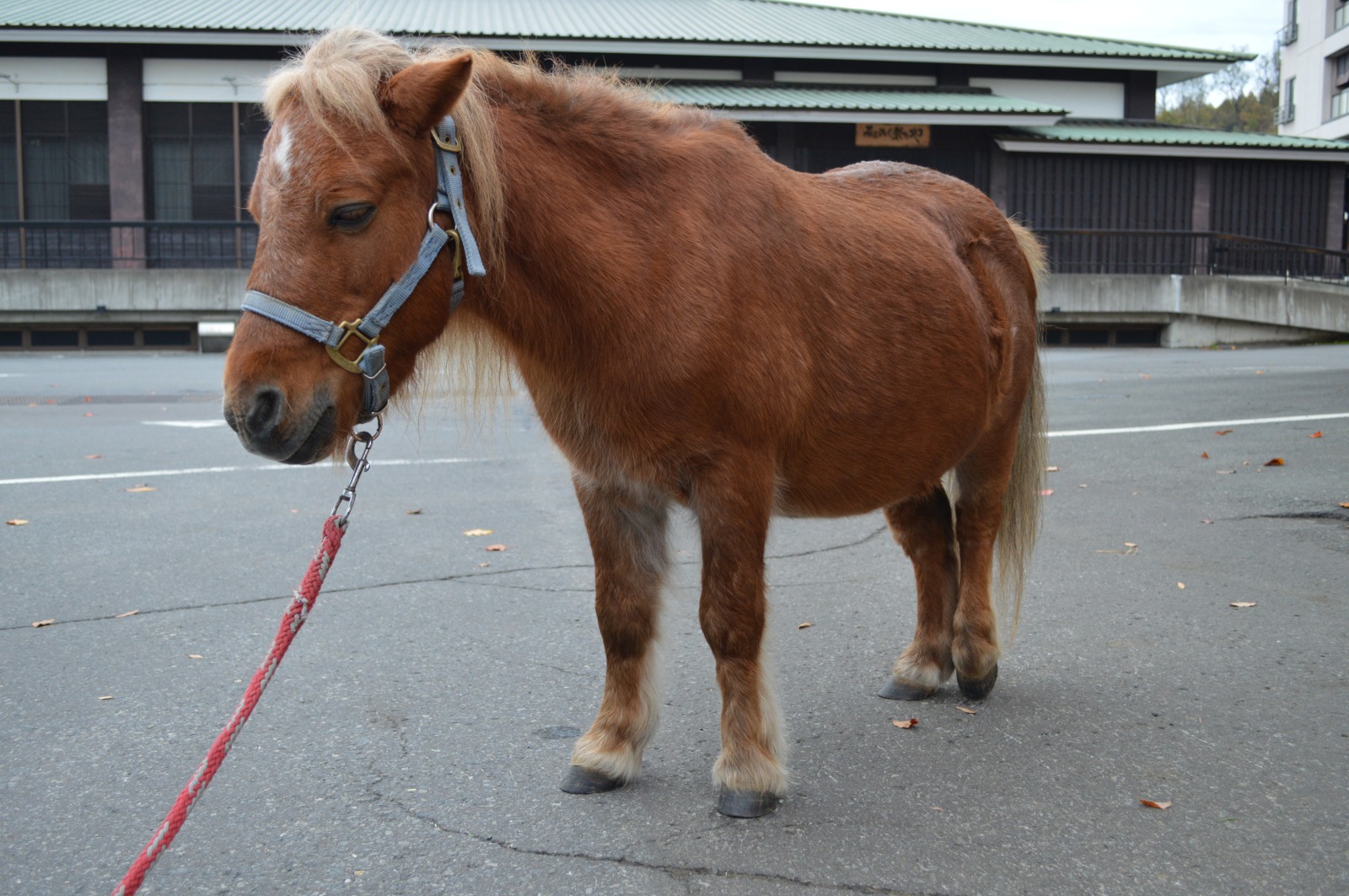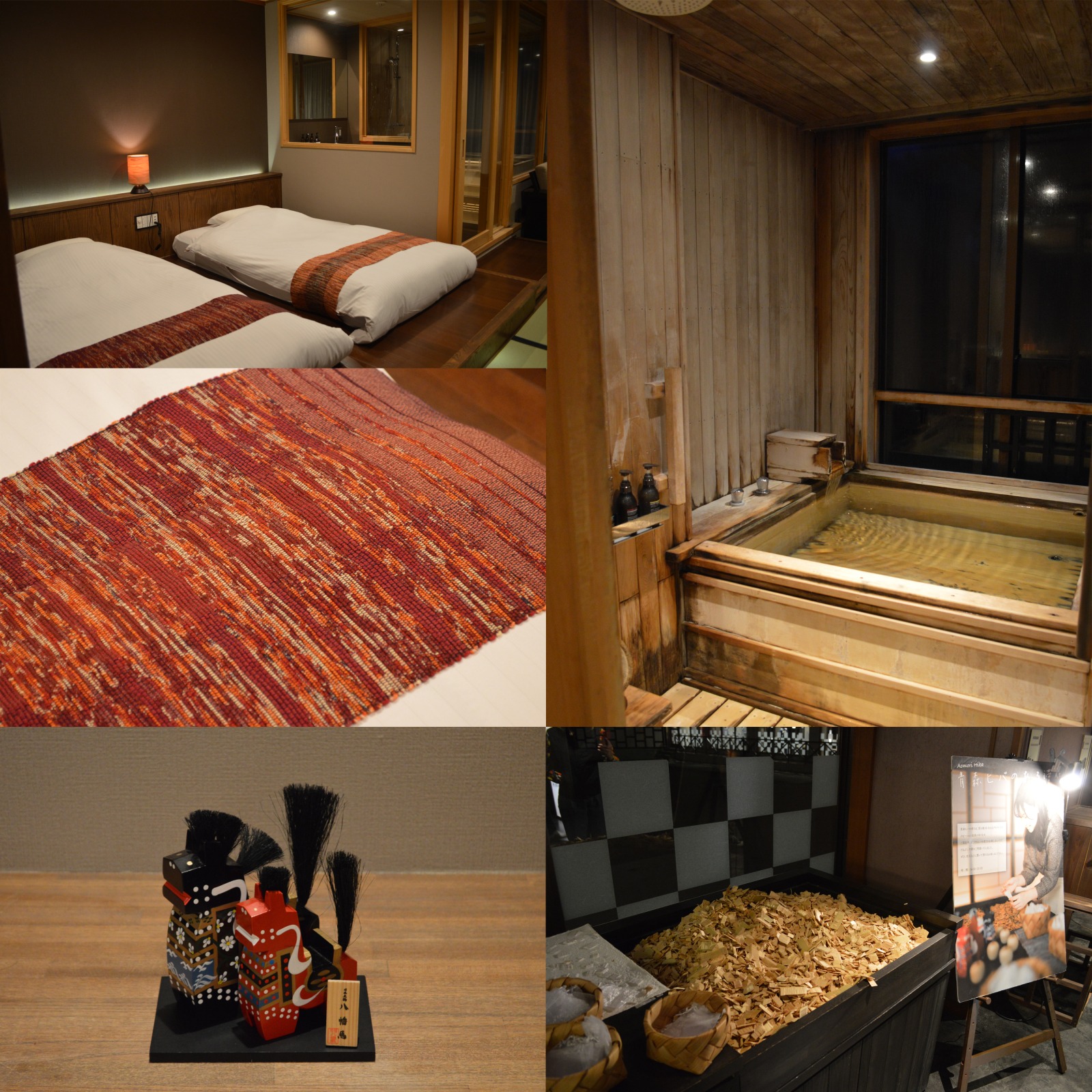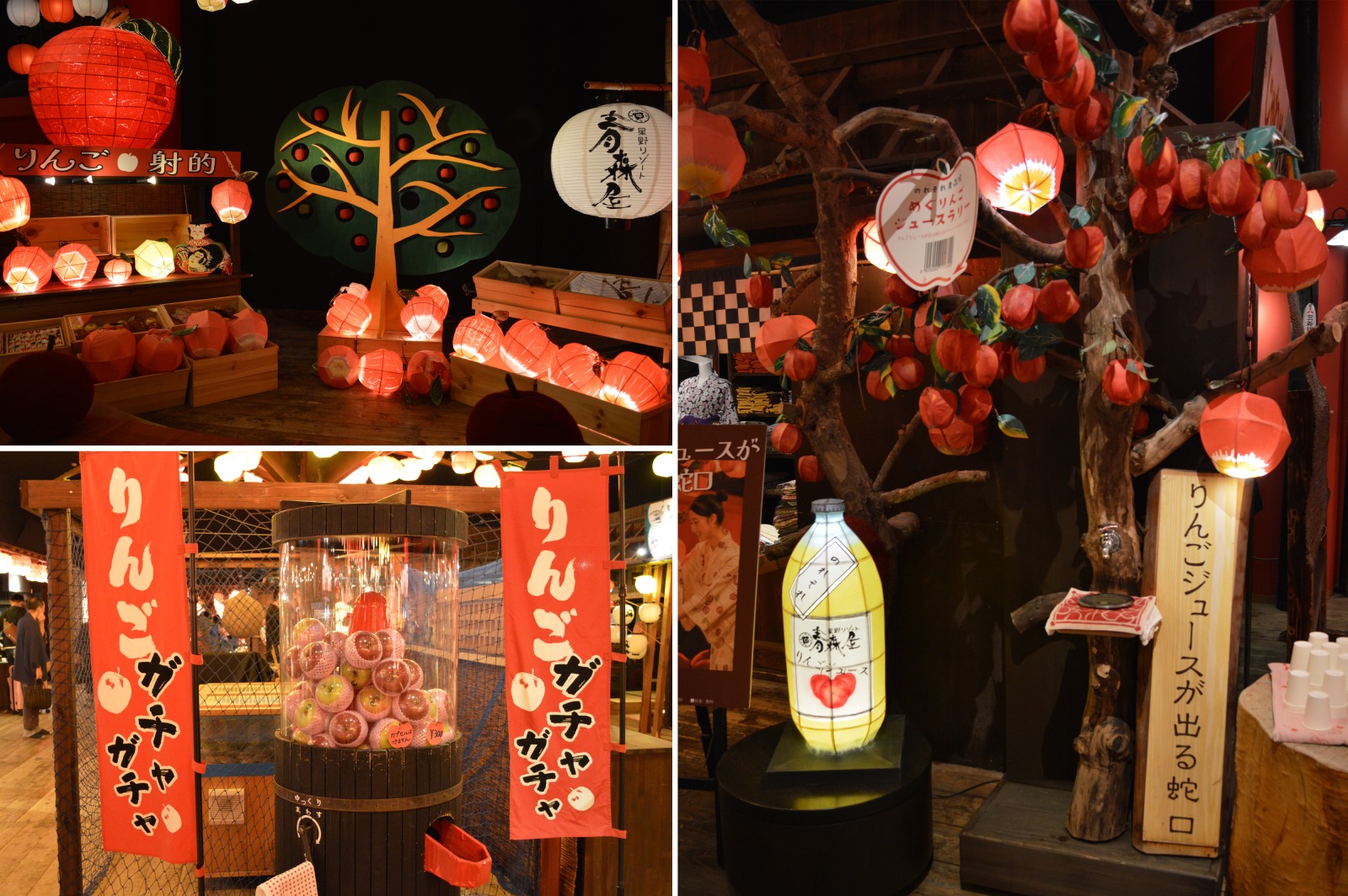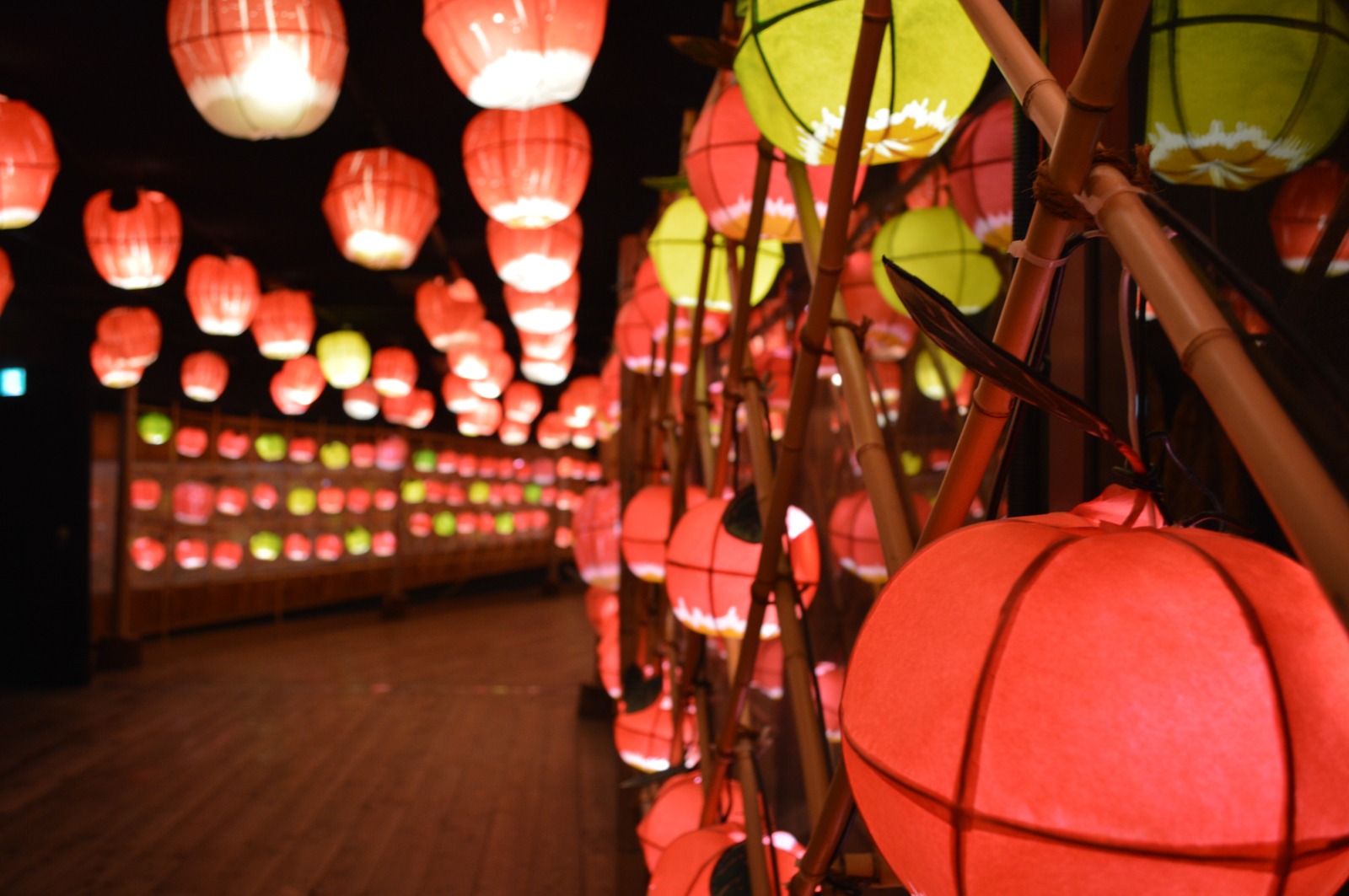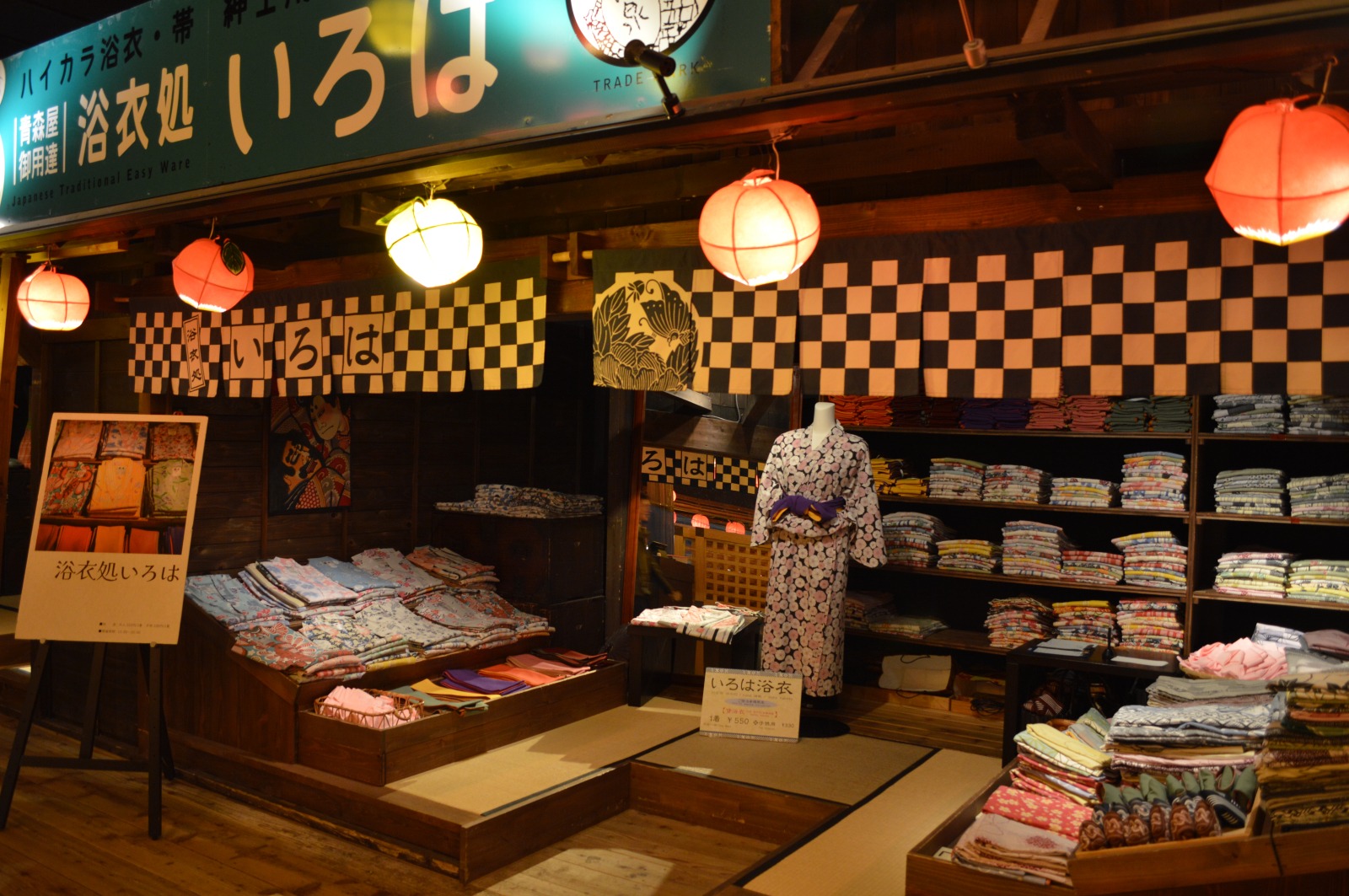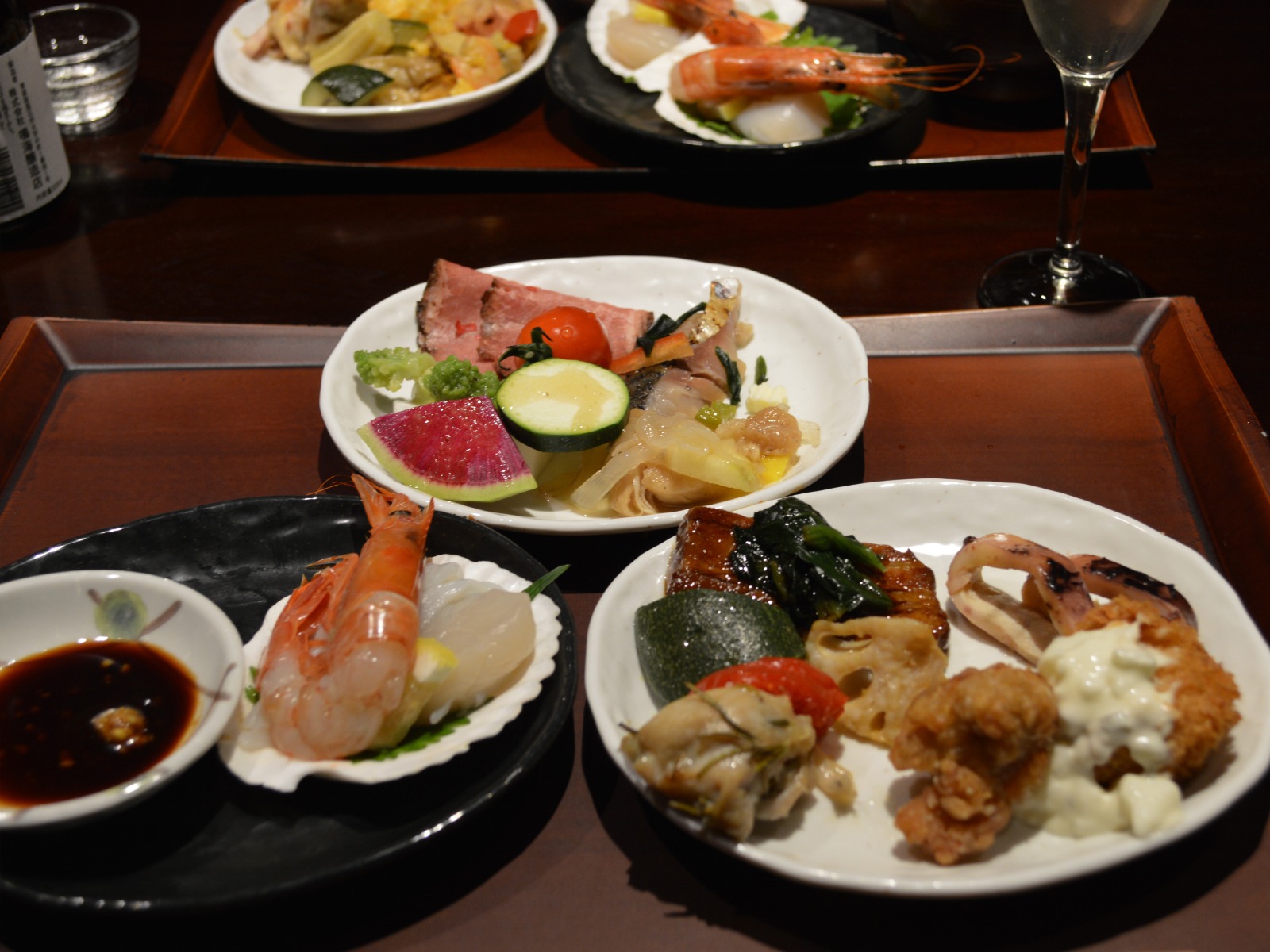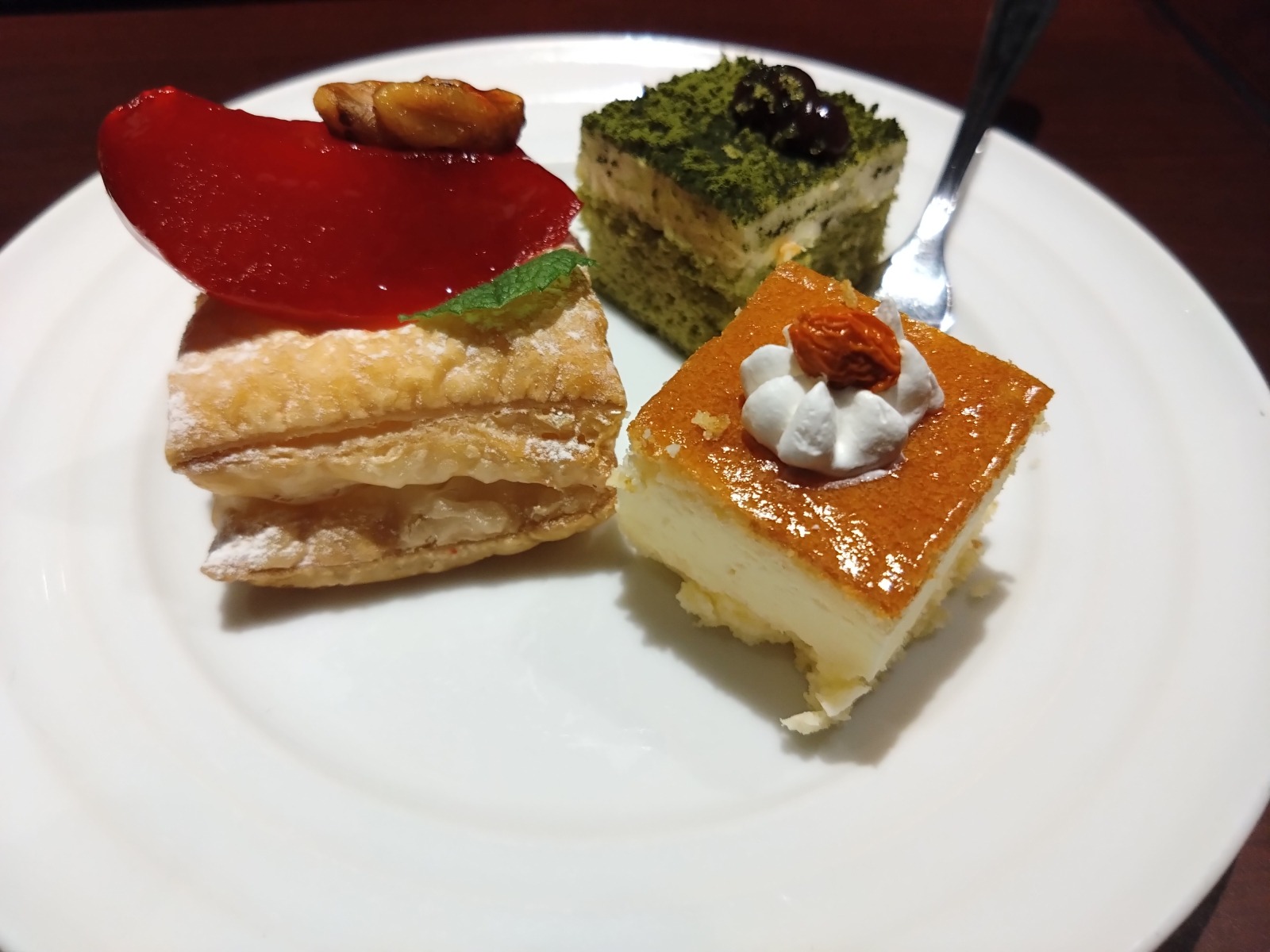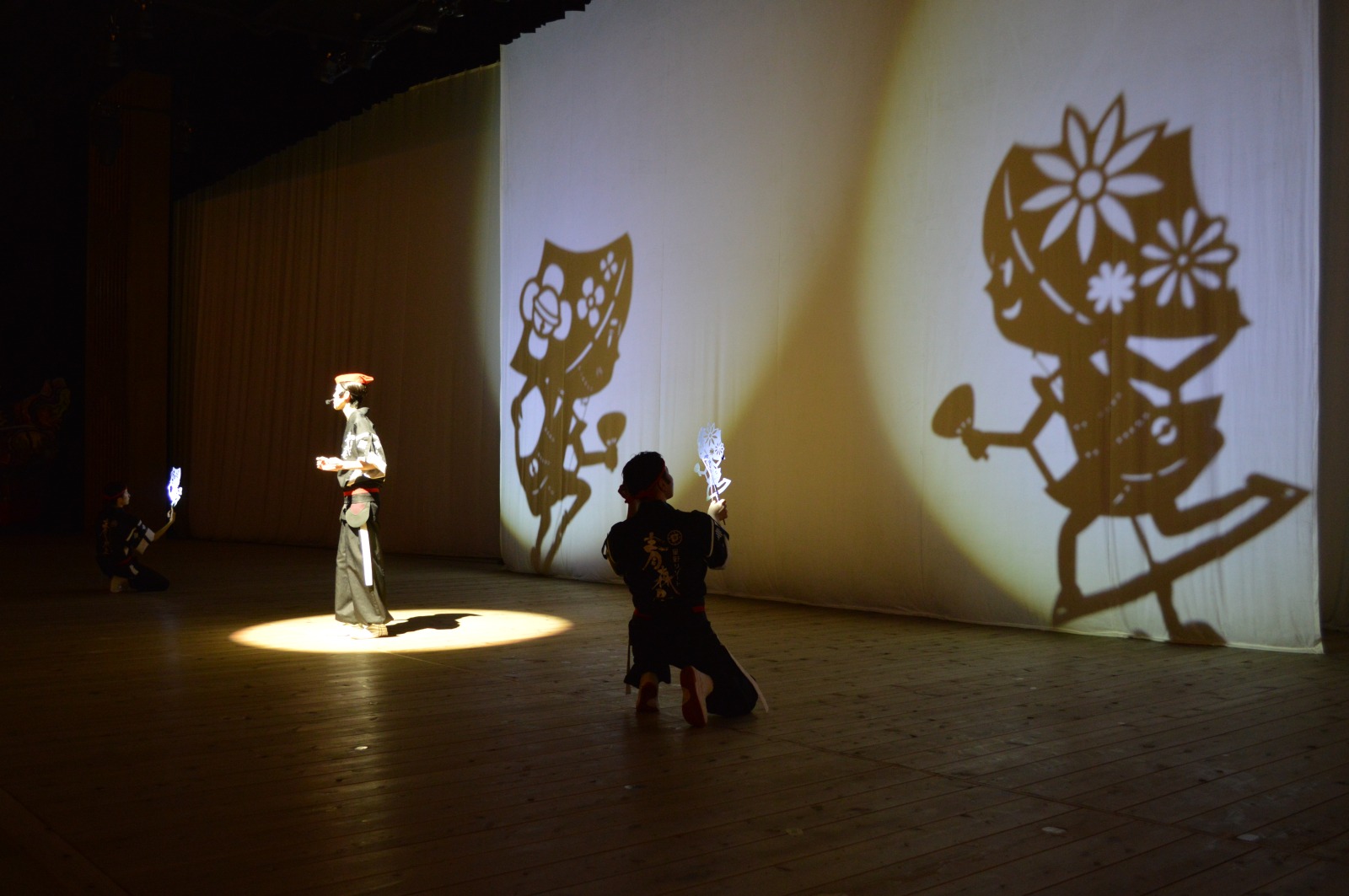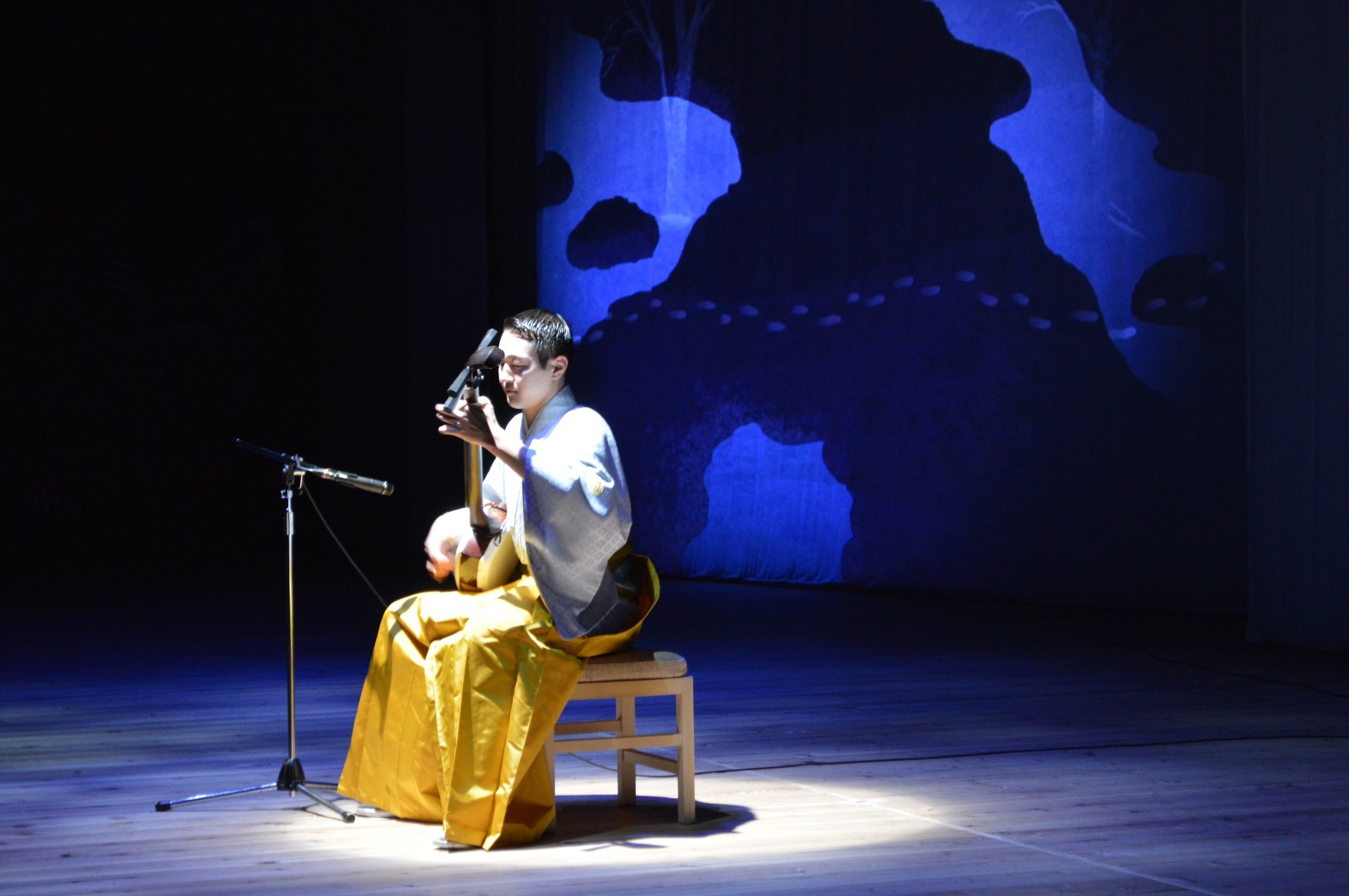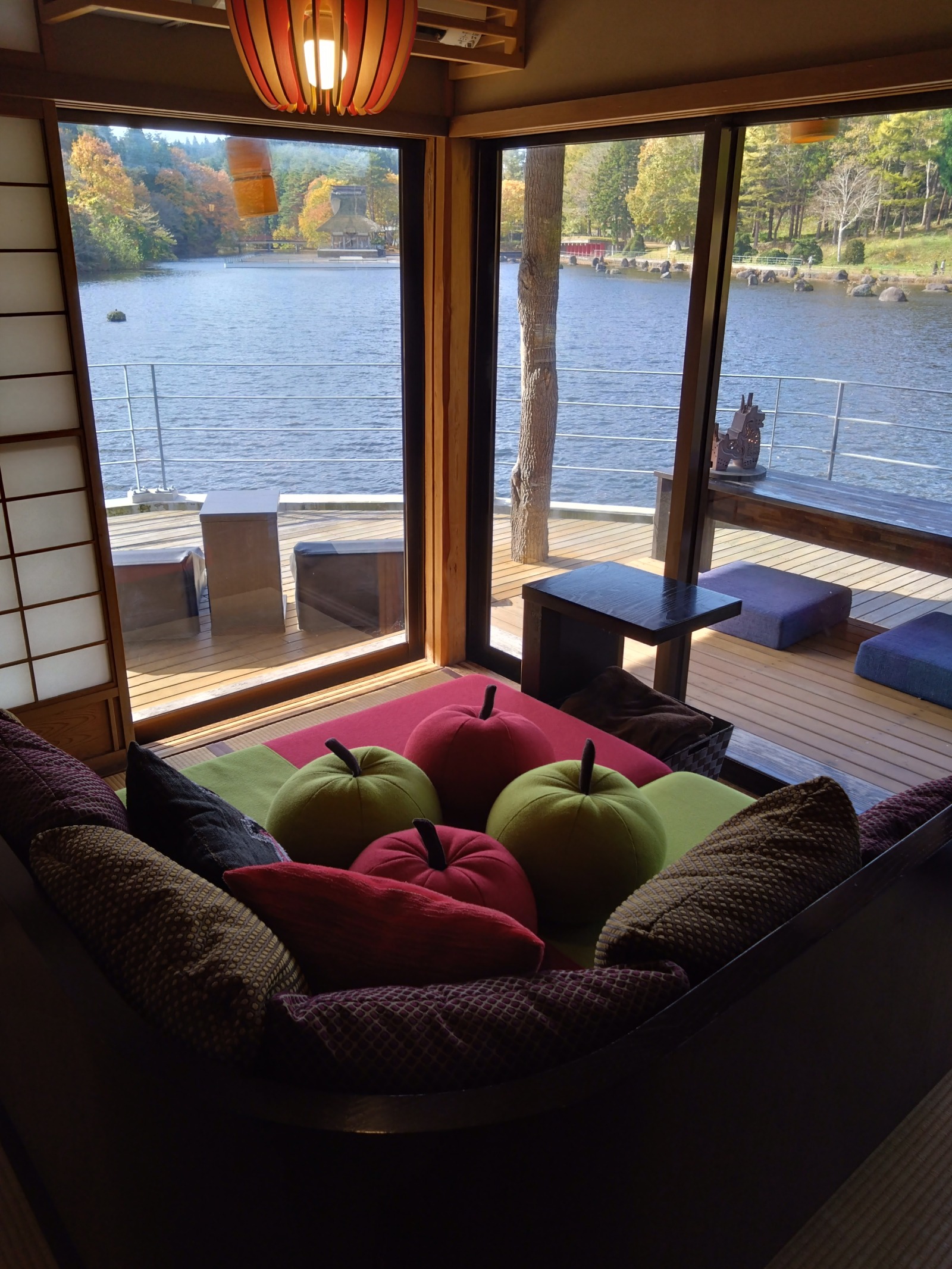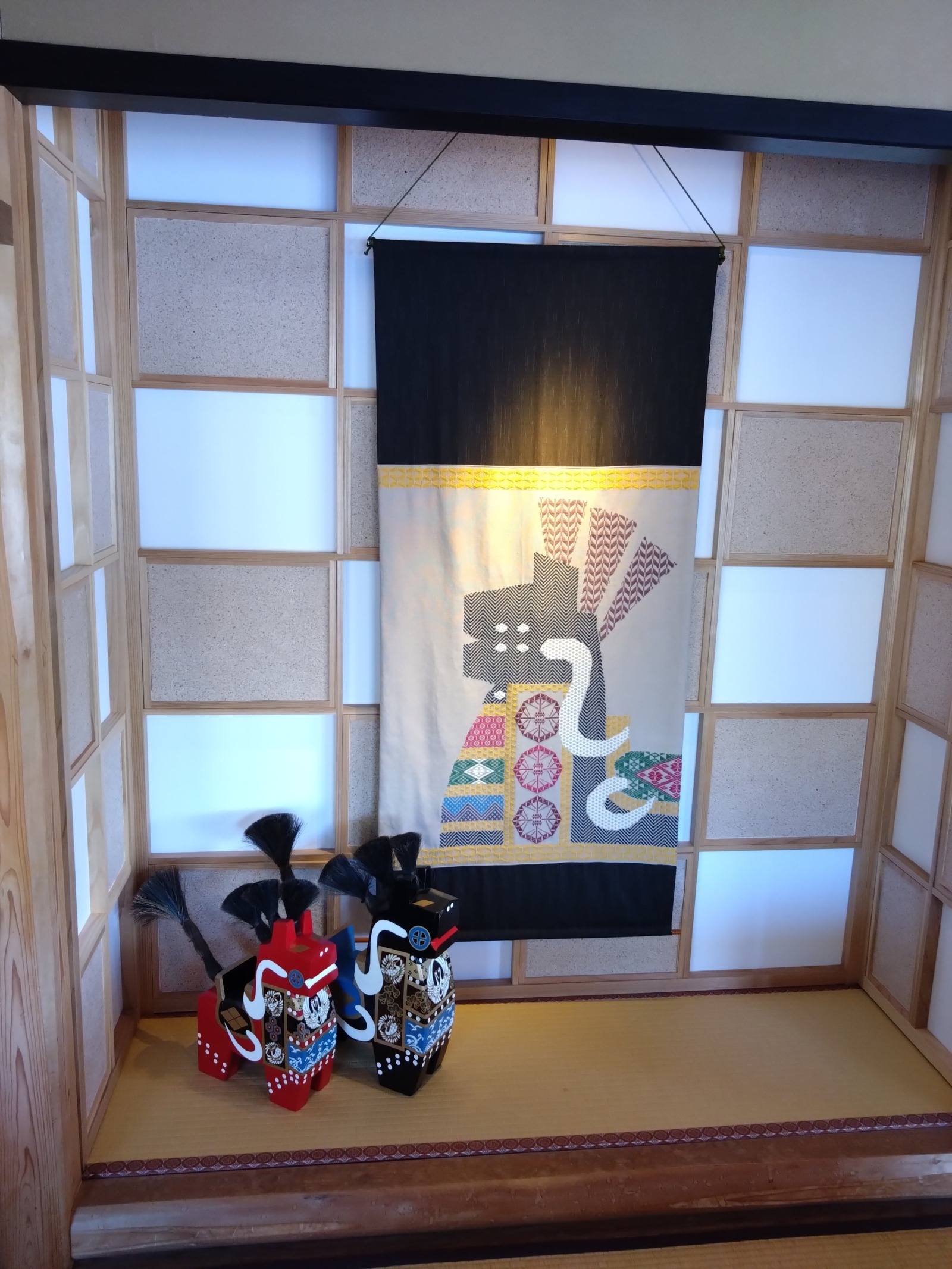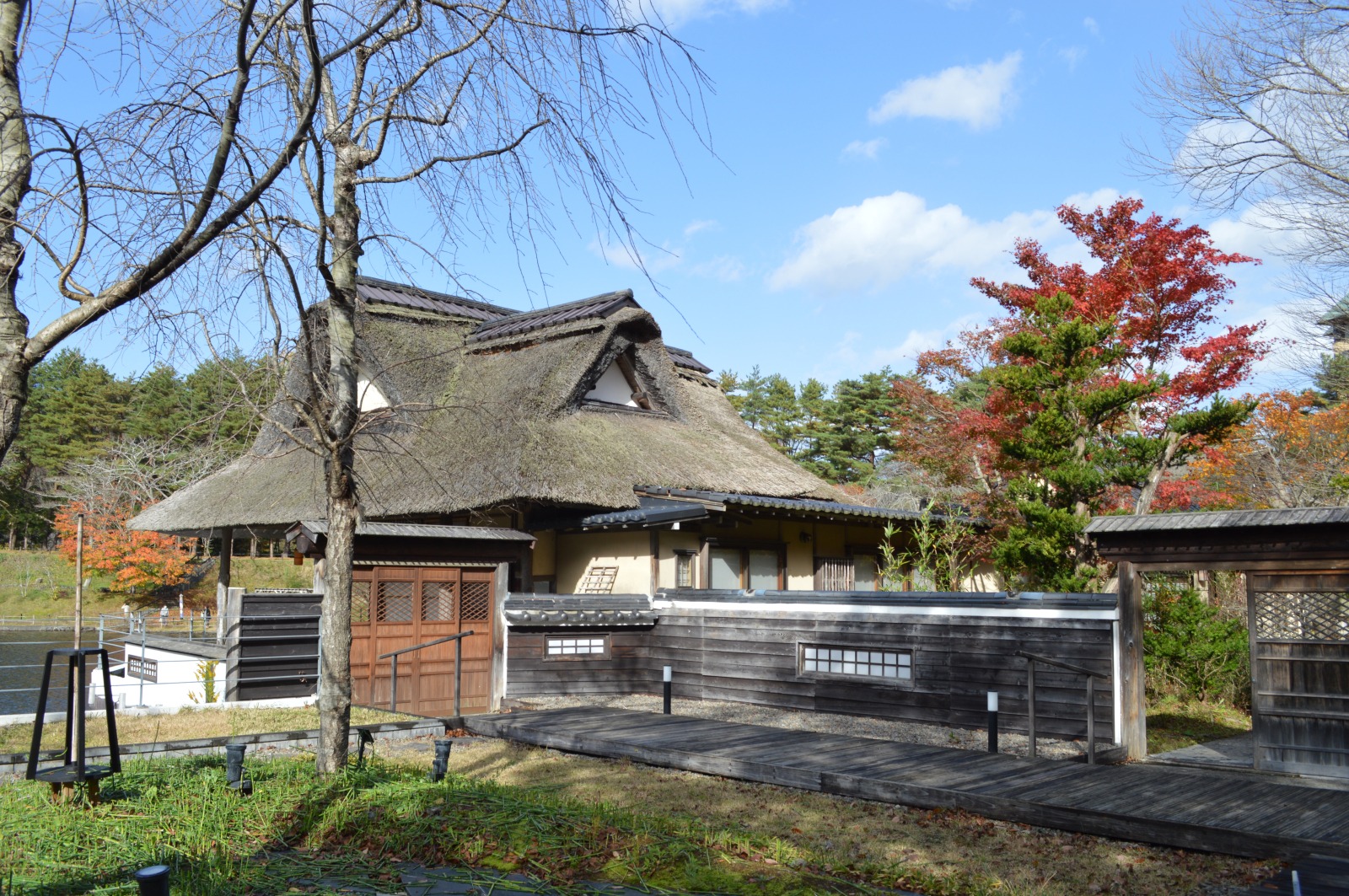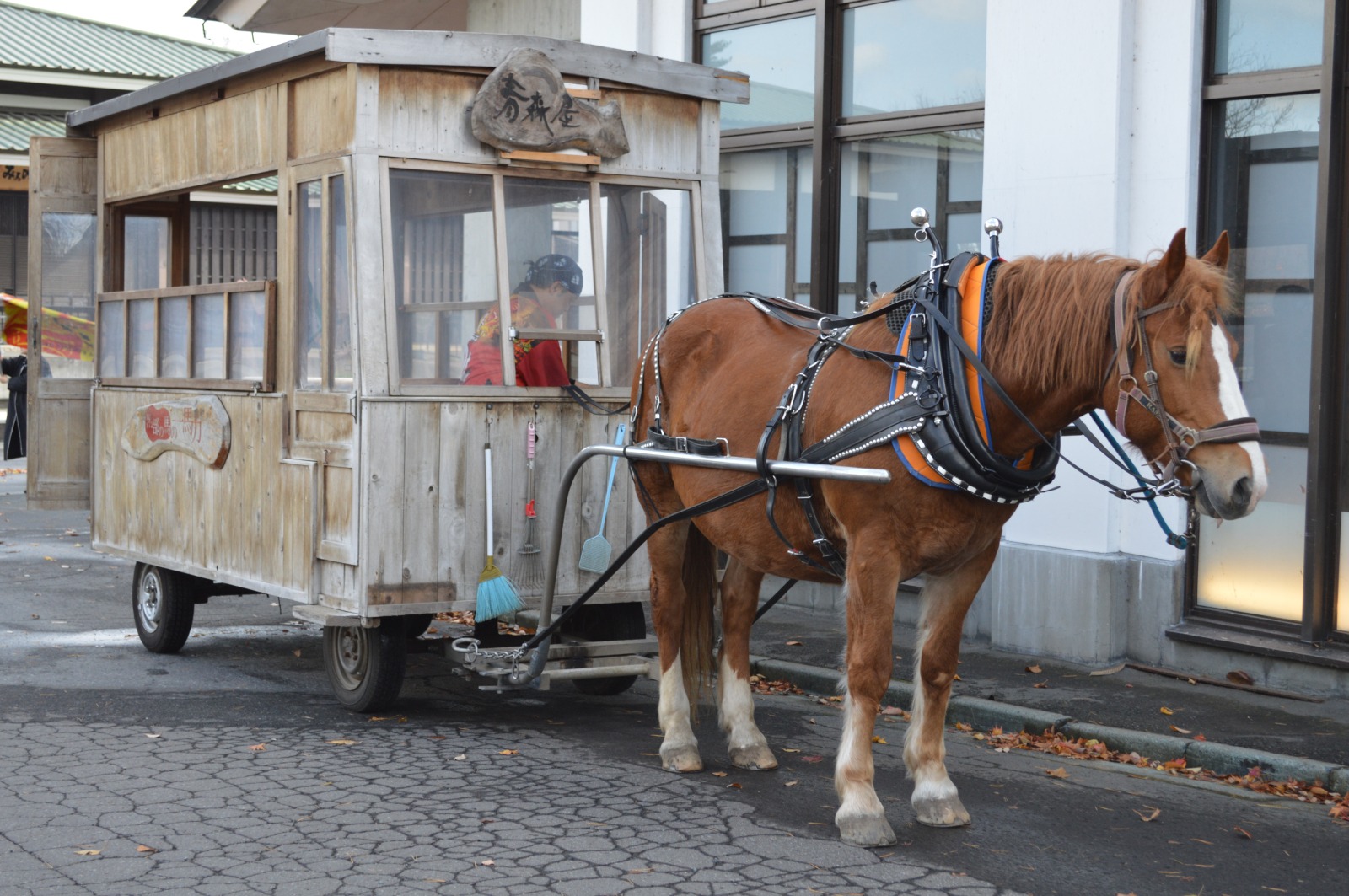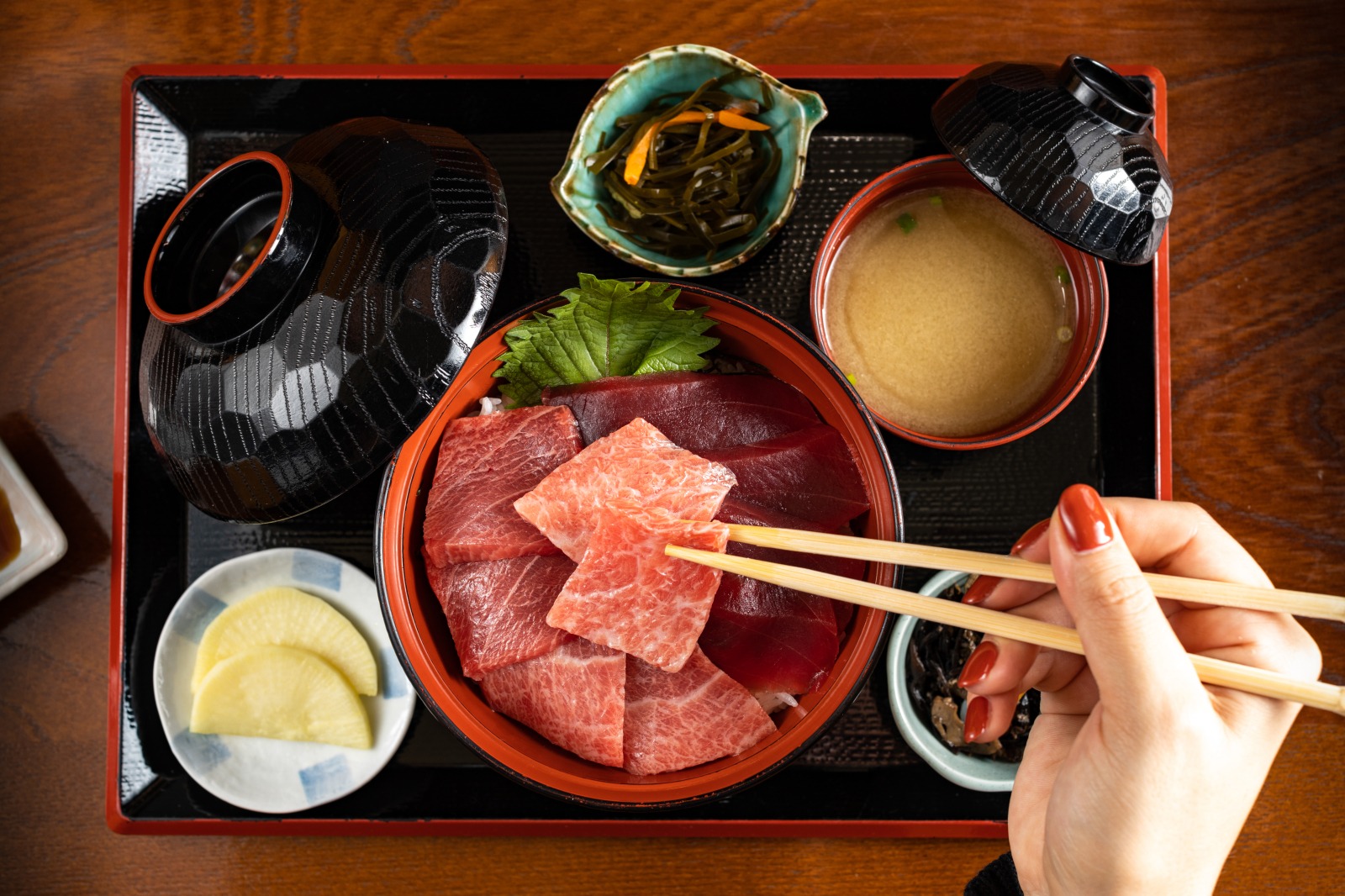Experience Report: A Stay at Hoshino Resorts Aomoriya in Misawa
By Lillian Androphy

Hoshino Resorts Aomoriya in Misawa City is a hot-spring hotel that bills itself as a veritable theme park for the rural culture of Aomori. True to that concept, the sprawling grounds and buildings are packed with activities and seasonal attractions (some free, while others charge a separate fee; the latter are always noted as such in this article). This report describes a one-night stay in autumn, during the hosting of the “Jawamegu Apple Festival” apple-themed seasonal event.
When I arrived at Aomoriya on the shuttle bus from Misawa Station*, that first sight that greeted me was an adorable pony. He and his sibling, named “Nore” and “Sore,” are the hotel’s official mascots charged with greeting guests before check-in.
*Aomoriya operates free shuttle buses to and from Misawa Station as well as to and from Misawa Airport. Please note that spots on shuttle buses must be reserved in advance.
The room I booked was an “Azumashi”-type Japanese-style room with a “half-outdoor” bath. The beds were extremely comfortable, low mattresses that represent a sort of middle ground between Western-style beds and a traditional Japanese futon on the floor, so even overseas guests unused to Japanese futons should have no issues sleeping on them. The bath was not actually outdoors but presumably called such because the large windows can be opened to enjoy a cooling breeze, along with the beautiful scenery outdoors. In addition, the delightful scent of the Aomori cypress wood used for the bath infused the entire room. (If you want to savor this fragrance at home as well, a free cypress chip station near the lobby allows you to fill a small satchel with wood chips as a souvenir.) The décor also featured lovely touches of traditional Aomori crafts, including Nambu Sakiori weaving and Yawatauma horse figurines.
Since my stay coincided with the “Jawamegu Apple Festival” seasonal event held from September to November, after checking in I decided to investigate the event’s various apple-themed offerings at the main venue, called “Jawamegu Square,” on the basement floor. First there was “Apple Target Shooting” (500 yen), where guests can shoot at apple-shaped cushions to win prizes. While watching another guest impressively knock down multiple targets, I concluded that I did not possess the necessary hand-eye coordination and passed on this activity. There was also a capsule machine that dispensed real, fresh apples (300 yen). Not limited to this festival but actually available year-round is the all-you-can-drink “Apple Juice Faucet,” where Aomori apple juice flows freely from a tap.
The corridor leading from Jawamegu Square toward the Noresore restaurant was also decorated with hundreds of apple-shaped lanterns, creating atmospheric scenery and lighting perfect for photoshoots. If you’re looking to up the kawaii factor of your pictures even more or would just like a change from the hotel-provided pajamas, which can be worn throughout the buildings, yukata (light kimonos) and obi (sashes) in a wide variety of beautiful colors and patterns are available for rental at a booth in Jawamegu Square (550 yen per yukata/obi set).
Dinner was served buffet-style at the “Noresore” restaurant. The buffet selection was extensive, but be warned that the wait times can be rather long for the stations where food is prepared right in front of you, such as the tempura station. The robatayaki grilled food station in particular had long lines throughout the evening. Fortunately, even the regular buffet options were plentiful and delicious. There were lots of dishes making use of fresh Aomori seafood, and the sashimi, grilled squid, sea squirt, and marinated tuna rice bowl were especially tasty. Although the dessert selection was not huge, I was so stuffed by that point that I couldn’t handle much more anyway.
After dinner was Aomoriya’s “Michinoku Matsuriya” show (held nightly; 1,500 or 1,800 yen for adults, depending on the seating area). Note that the show has a limited seating capacity and fills up quickly, so if you want to attend, it’s best to book as soon as possible, preferably when you make your initial reservation. This interactive show recreates the atmosphere and excitement of Aomori’s four most famous summer festivals—the Hirosaki Neputa Festival, Goshogawara Tachineputa Festival, Aomori Nebuta Festival, and Hachinohe Sansha Taisai Festival—through a combination of live performances, animation, lighting, projection mapping, and real festival floats. It was impressive to watch the hotel staff—including those I had previously seen attending to guests from behind the check-in counter—deliver authentic performances of festival music and dancing. A particular highlight was their reenactment of the Toramai or Tiger Dance from the Hachinohe Sansha Taisai Festival. At the end of the show, there was a part where audience members could join in the role of haneto (Aomori Nebuta Festival dancers) while wearing the dancers’ actual flower-decorated straw hats. Although I was a little embarrassed at first, the haneto’s two-step dance was surprisingly easy to pick up. All in all, the show made great use of various effects, and the staff members’ enthusiasm was infectious.
Finally, after the action-packed performance, it was time to relax in the common baths. The indoor bath was made entirely from Aomori cypress wood, creating a homey and warm ambience, while the outdoor bath overlooked a pond with a waterfall that was spectacularly lit up at night. The water was reportedly alkaline and had a silky-smooth feel, without the sulfurous odor that characterizes many hot springs. Soaking in the hot bath while feeling the crisp, cool air of the autumn night was an indescribably cozy feeling that surely contributed to a great night’s sleep.
The next morning, I started my day with another soak in the bath. In the bright morning sunlight, I could see colorful fall foliage from the outdoor bath, as well as koi fish swimming in the pond. Then, I headed to the breakfast buffet, which had a somewhat smaller selection than dinner but was no less delicious. A highlight was the build-your-own seafood rice bowl, which allowed you to add as many toppings such as raw shrimp, salmon roe, minced tuna, squid, and scallops as you like. Hot broth was also provided to enjoy it chazuke-style, which I particularly enjoyed. Of course, I paired my breakfast with several generous glasses of Aomori apple juice, to which I was in serious danger of developing an addiction at this point.
One of the hotel’s activities that can only be enjoyed in the morning is scallop fishing (9:30 to 11:00 a.m. at Jawamegu Square; 500 yen). Although you can’t actually take home your “catch,” prizes are awarded according to your level of success. (Note that the actual prizes awarded may vary; please confirm the details if you visit.) I found it to be quite challenging due to my aforementioned lack of hand-eye coordination but somehow, despite the odds, managed to angle two scallops.
Afterwards, although I had already reserved a carriage ride at a later time, I decided to explore the grounds on foot beforehand. It turned out that an hour wasn’t nearly enough time to see all of the sprawling park behind the hotel. I did check out the footbath, which had towels provided as a nice amenity, and also the Yawatauma Lounge. Although it costs an extra fee to use (2,200 yen per guest), this charmingly decorated space offers beautiful views of the lake along with all-you-can drink coffee, cider, and local sake. Despite the brisk wind blowing outside, it was warm and cozy inside the lounge. In line with the hotel’s overall apple theme in this season, complimentary apple-based treats are also served in the afternoon.
Finally, the last activity I enjoyed before checkout was the carriage ride (1,650 yen for adults). The driver explained that the route usually takes about twenty minutes but is totally up to how the horse is feeling on that particular day. The hotel has two horses that are “on duty” on different days of the week. We set out on a loop of the lake surrounded by lovely autumn scenery. Along the way, we passed the stable where the hotel’s ponies live when they are not greeting guests at check-in time. We also passed the Nambu Magariya restaurant modeled after a traditional Aomori residence integrated with a stable. Here, guests can opt to enjoy sophisticated kaiseki course cuisine featuring unique Aomori dishes instead of the standard buffet. Finally, at the end of the carriage ride, we were presented with our complimentary Aomori apples. The driver explained the flavor profile of the particular variety he had selected for us that day and noted that we should eat our apples as soon as possible to enjoy them in the freshest state.
Thus, with a taste of Aomori to take home with me, I concluded my eventful stay at Aomoriya. From the delicious local cuisine to the activity-packed itinerary, it was a satisfying stay that left me feeling closer to the culture and spirit of Aomori.
For information on other attractions and sights in the Misawa area, please stay tuned for the next report.
